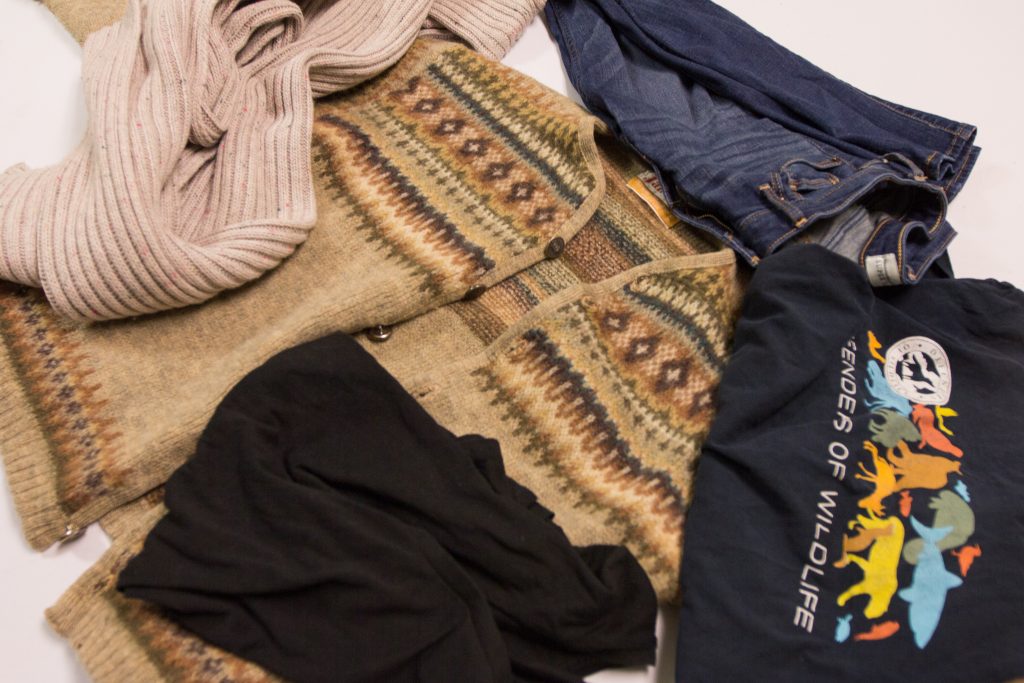We live in the era of fast fashion: a creative business model where trends come first and quality comes never. Companies like H&M, Zara and ASOS thrive by selling cheaply made clothing that will fall apart when it’s already out of style. You might need to replace your wardrobe each time the weather changes, but these remarkably low prices mean you can stay in style without breaking the bank. It’s a good deal for all, but the environmental costs associated with fast fashion are numerous, from the water required to produce each article of clothing to the greenhouse gases emitted by textile factories. With the right mindset and a few simple changes, you can reduce your impact on the environment and still have a wardrobe worthy of compliments.
Spend more on the basics
Basics are the white T-shirt, the black jeans or the boots you can wear with everything. These items form the background of most outfits and look good without detracting from the louder pieces that really define your style. Spend more on these and be careful to look for fabrics that will hold up for a long time. Run away from polyester blends and look for the holy grail of 100 percent cotton. You’ll spend more upfront on clothing, but you’ll be a more eco-friendly consumer and save money in the long run by not having to replace everything you own each year.
Check out your local thrift stores
There’s no reason to buy brand-new clothes if you can find a perfectly good hand-me-down. Binghamton has a wide variety of thrift stores, such as Plato’s Closet in Vestal and the Salvation Army in Downtown Binghamton, that offer gently used clothing for bargain bin prices, which is good for both the planet and your wallet. Through buying clothes that have already been purchased and discarded, you’re effectively recycling and improving your look without any unnecessary environmental damage. If you’re willing to spend some time looking through the racks, you can come across clothing steals for under 10 dollars that would sell for extraordinary prices if bought new.
Think about what you’re really going to wear
Many people own a ton of clothes that they’ve worn once or twice that hide out in the back of their drawers. There’s nothing wrong with having some clothes for special occasions that you wouldn’t wear to your 8 a.m. chemistry lecture, but in general, you should focus on buying what you can re-wear. A good rule of thumb when you see an article of clothing you’d like to buy is to make sure you can think of three outfits you can make with the new article using clothes you already own. If you can’t do that, it’s probably smart to leave it on the rack.
Develop a sense of personal style
One of the biggest causes of needless clothing purchases is ‘style confusion.’ This is when a person has vague ideas of how they’d like to look, but they’re not sure how to construct a wardrobe that fits that goal. Style confusion then leads to buying a variety of clothes that don’t work with each other, filling your closet with nothing you can wear. To cut down on your environmental impact, figure out how you want to present yourself through the way you already dress and buy the clothes you’ll need for that style. If you don’t know where to start, there are tons of online resources where you can find inspiration albums filled with pictures of different outfits and styles, such as Pinterest boards. When you learn what you like and where to find it, shopping becomes easier and a lot less frequent.



